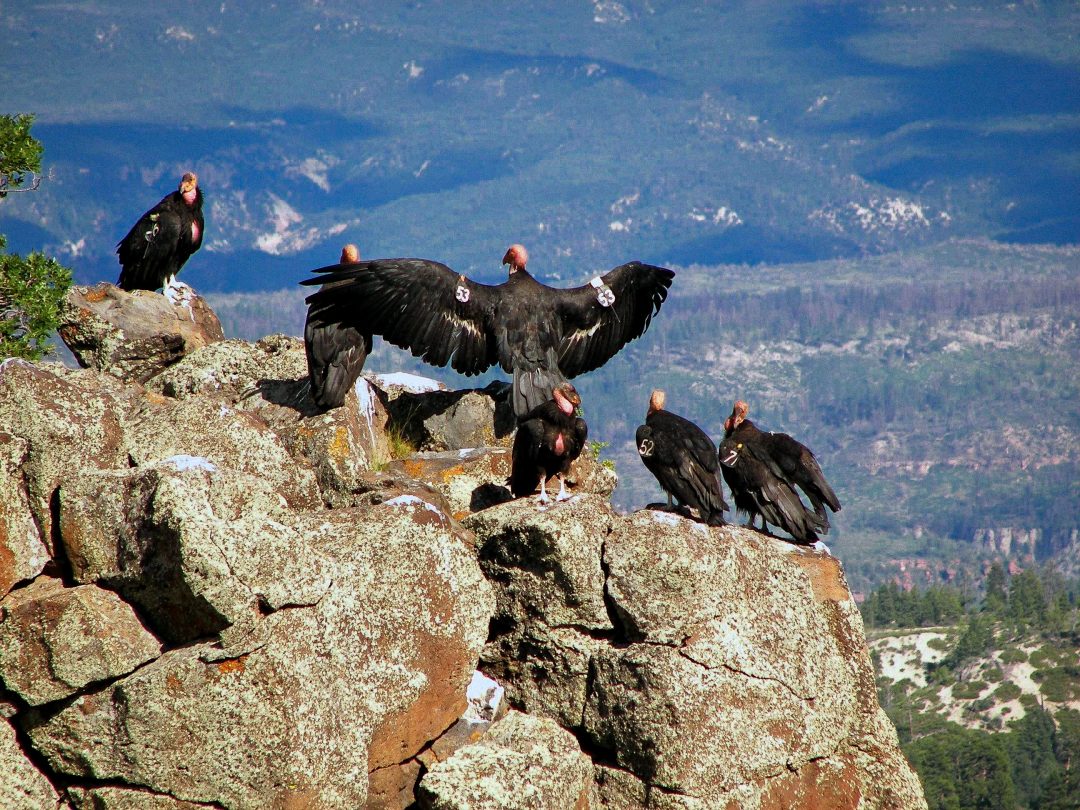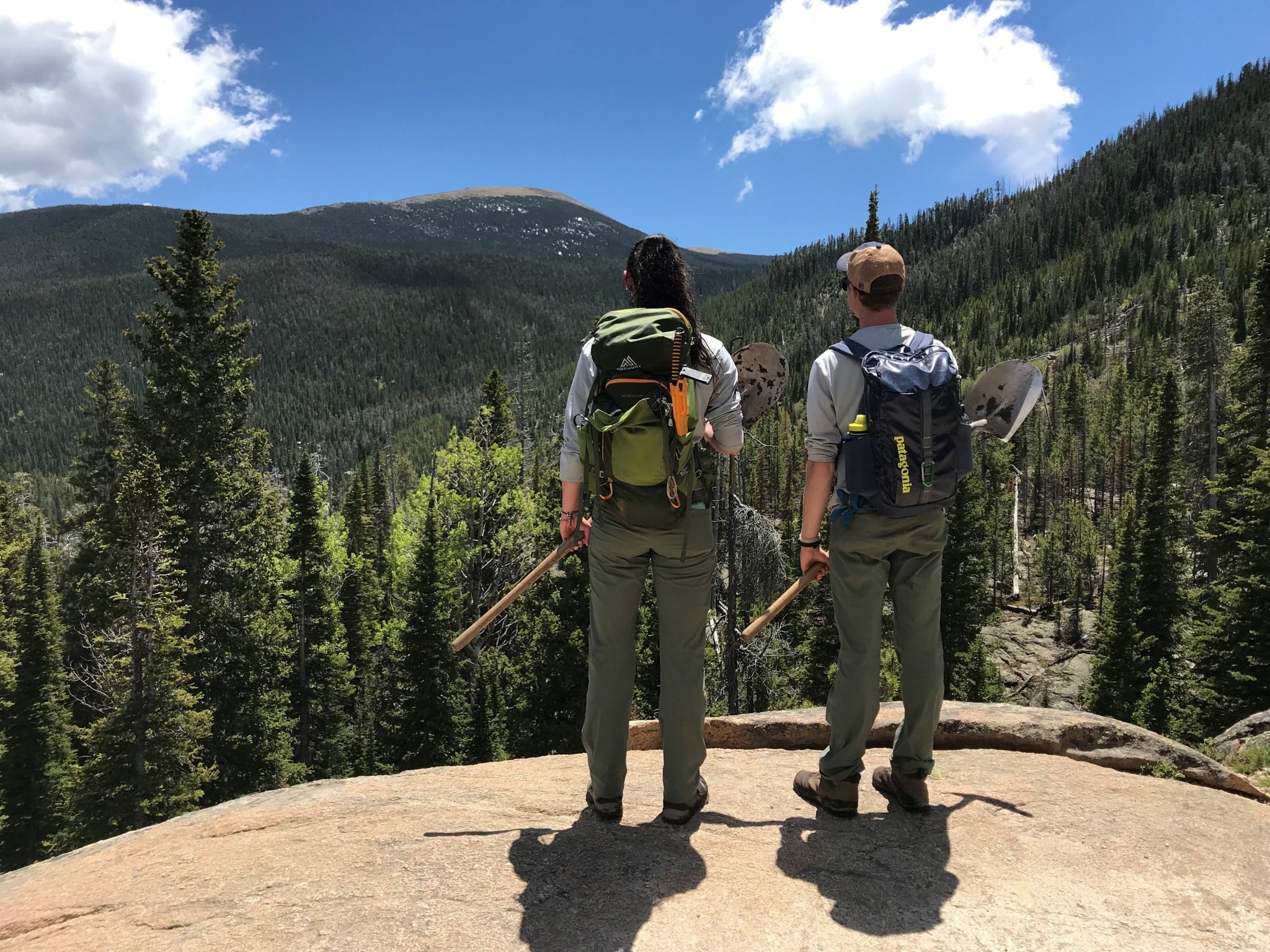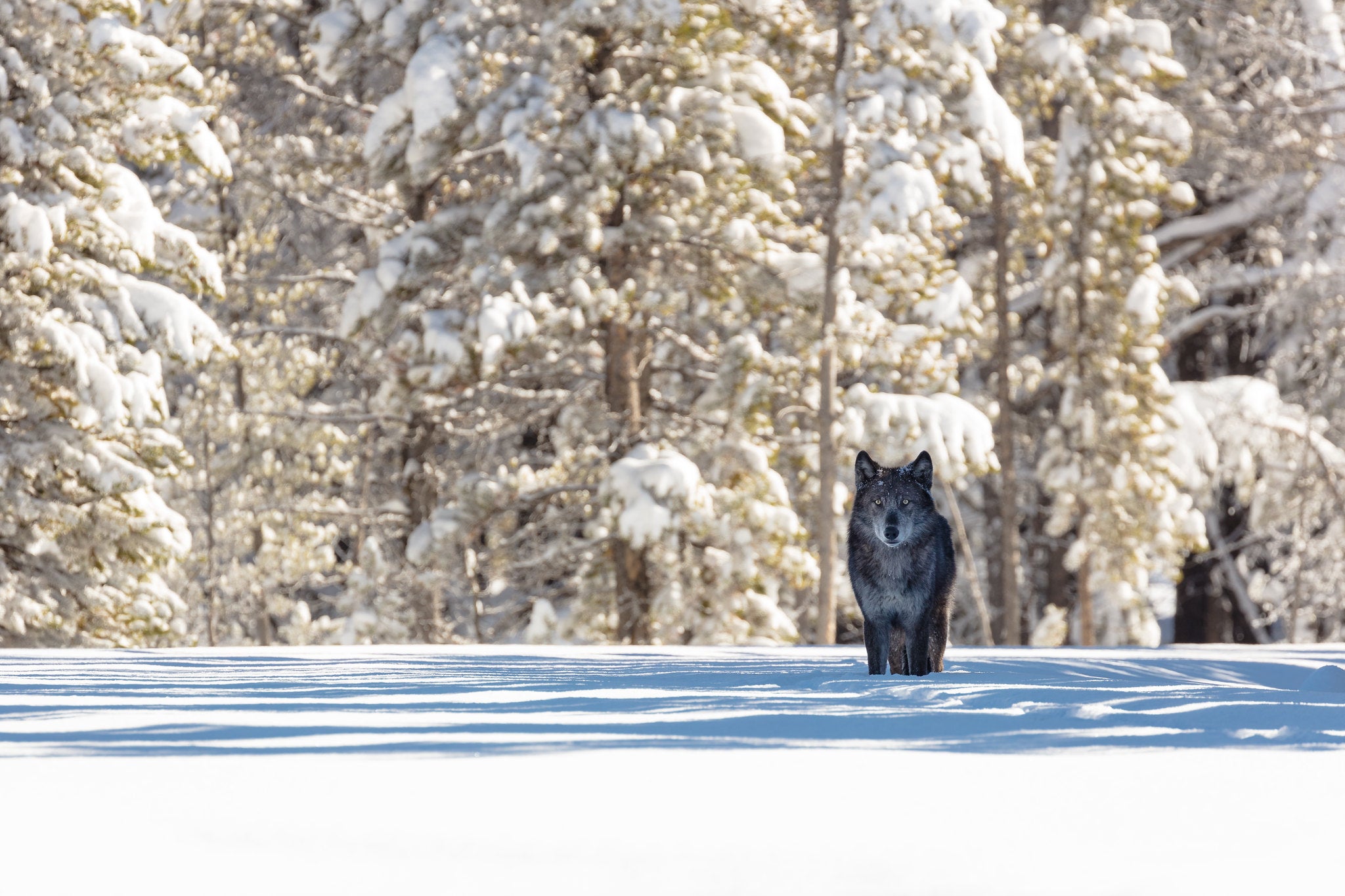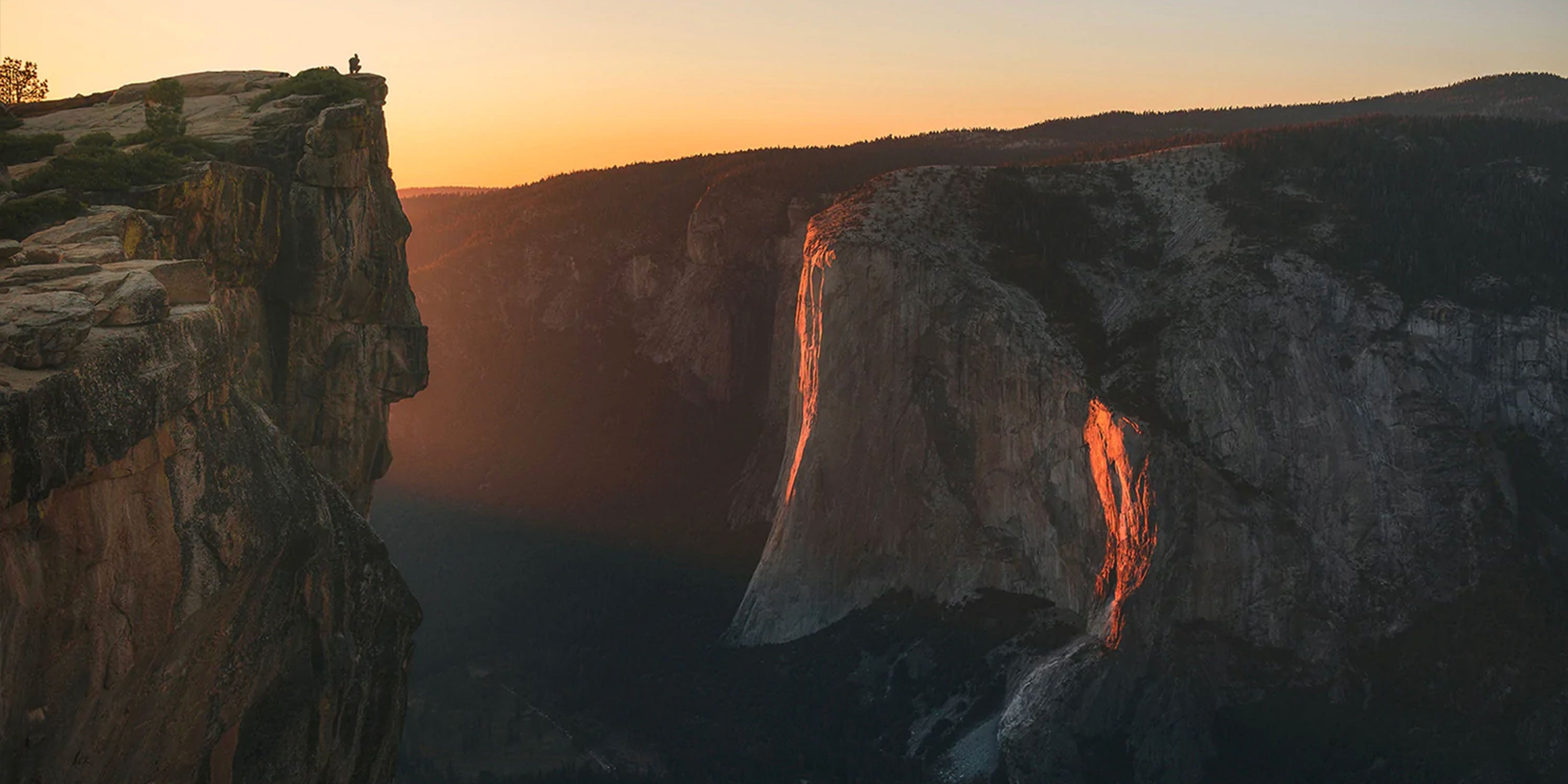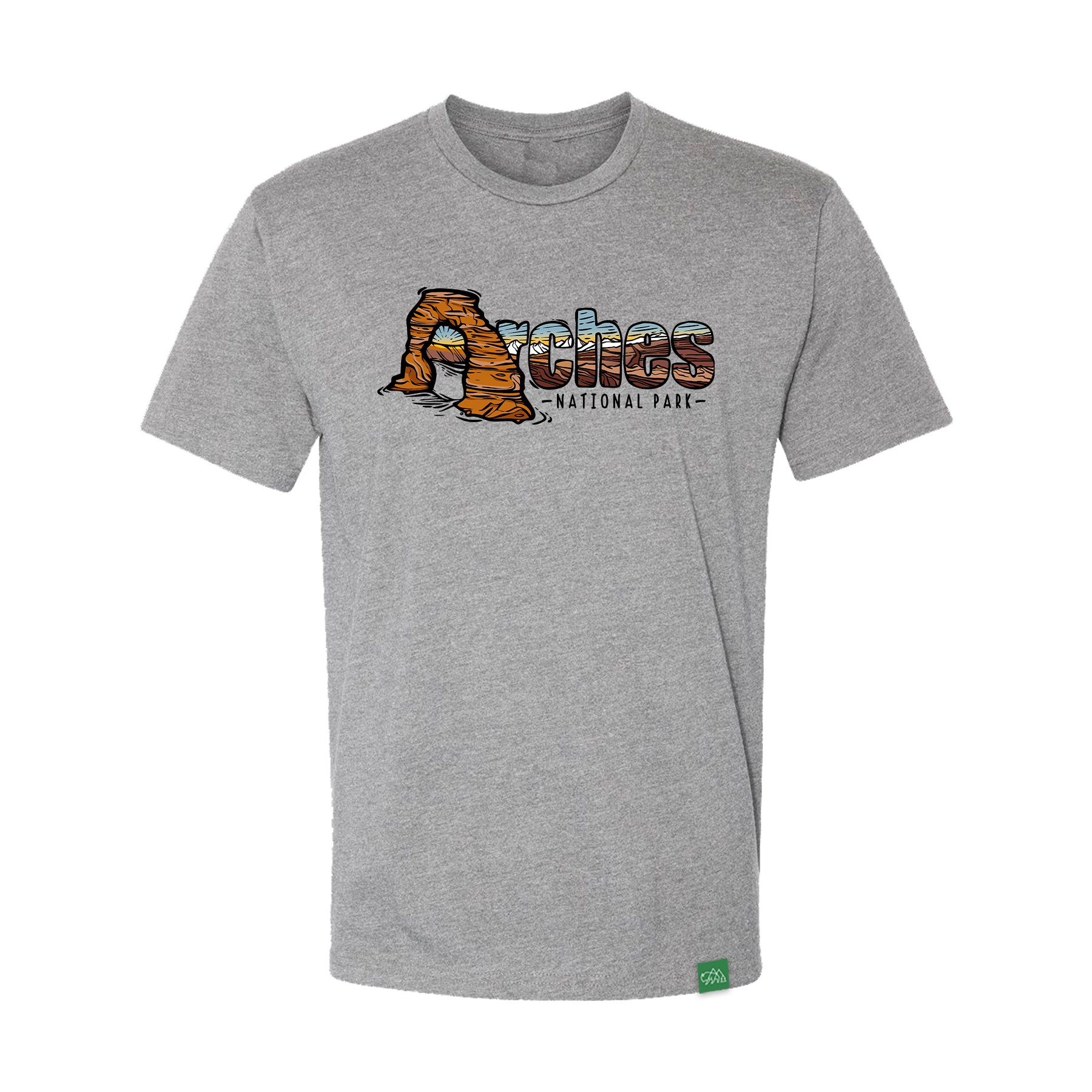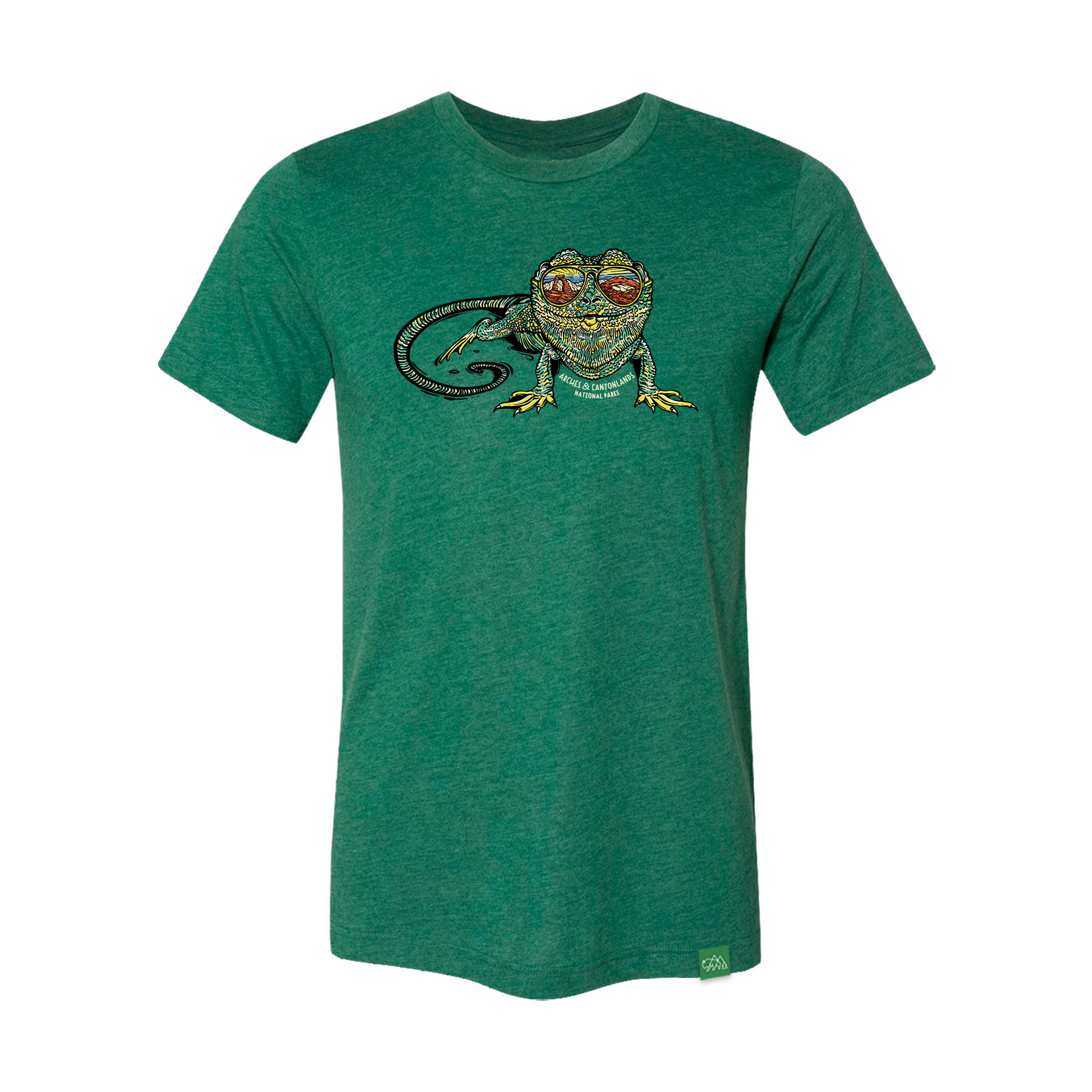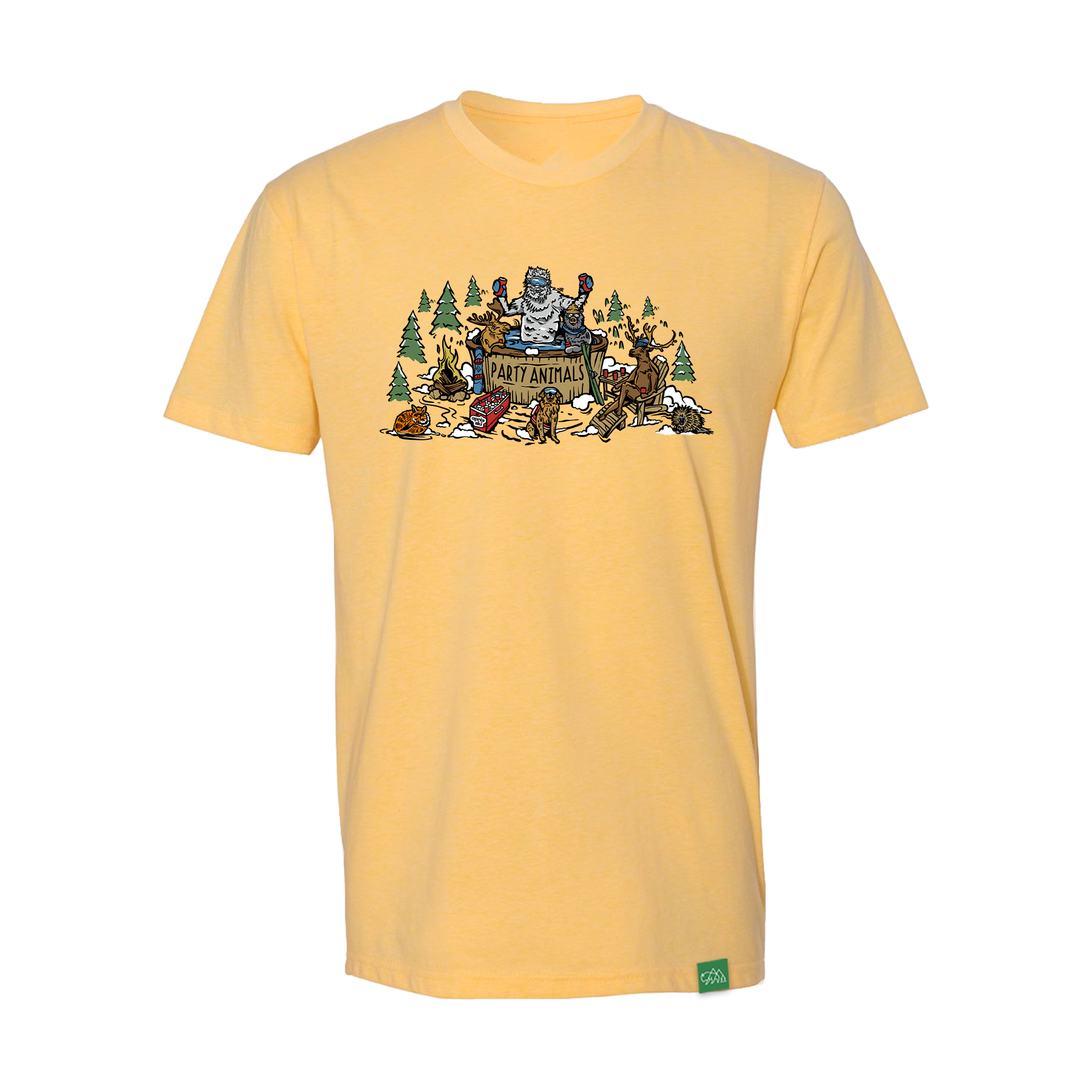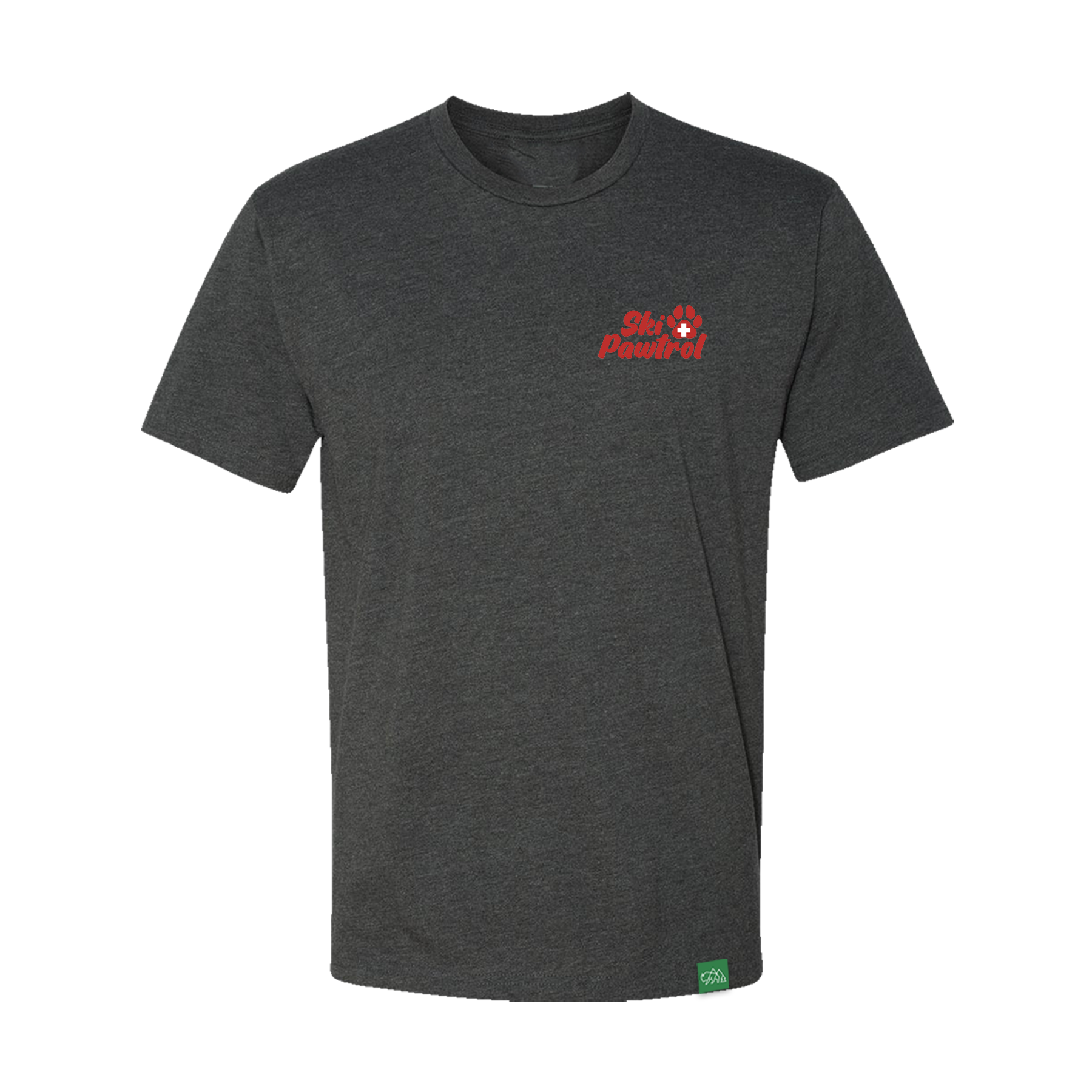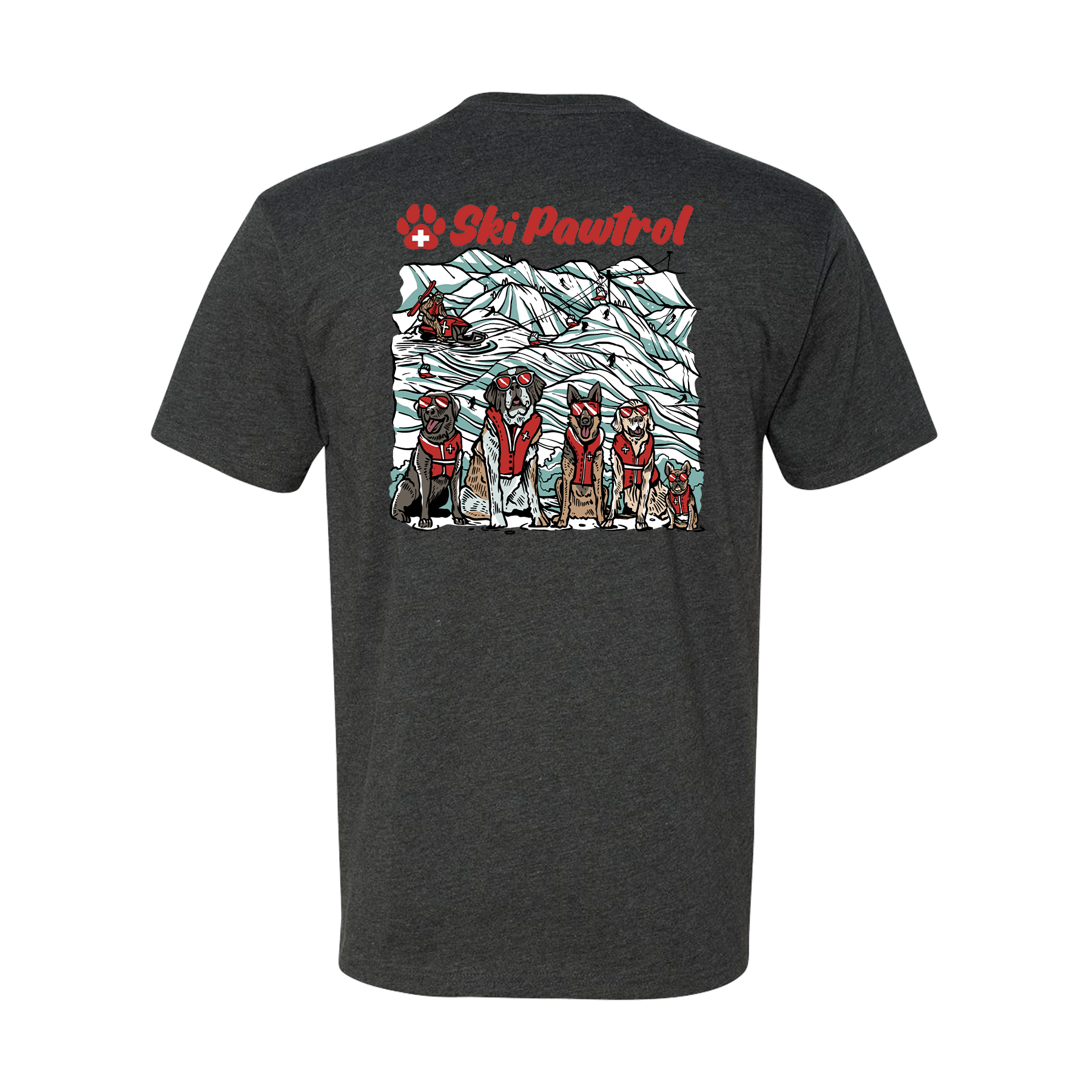If you’ve had the fortune of exploring Zion National Park, we’ll bet you captured vivid memories of a lush, yet stark canyon carved by desert winds and the Virgin River over the course of millennia. Whether you stayed close to the shuttle stops for quick out-and-back hikes or climbed high to Observation Point, Zion is a place that generates impressionable experiences time and again. You probably came across a family of mule deer, or perhaps a desert tortoise. Maybe a collared lizard or if you're particularly lucky, the Park's elusive herd of desert bighorn sheep. But since May 2019, the star of the show beyond Zion's towering, mind-bending chromatic Navajo Sandstone walls, has been of all things, a condor family that’s expanded their nest and welcomed a rare chick into the world.
There are approximately 500 California Condors alive today, half of which are living outside captivity in the wild. Considering the global condor population dropped to 22 in the early 1980's, California Condor's are shaping an impressive, albeit evolving conservation success story. Call it irony, luck, or serendipity, the fact condors now call Zion National Park home, only furthers their cause given the exposure and educational opportunities that lie within respective to the general public that visits Zion annually. After all, the condor's demise has come at the hands of human factors: lead poisoning (from scavenging on dead animals shot with lead bullets), habit destruction, pollution, and hunting.
Added to the Endangered Species List in 1967, the California Condor is the largest bird in North America boasting a wingspan up to 10’ with the ability to soar upwards to 15,000' in altitude. To date, the aforementioned chick born in the spring of 2019 is the 1,000th California Condor that’s hatched since the commencement of breeding programs that began in 1983. Naturally, this special bird is now dubbed "1K". Given a breeding pair of condors generally only lay an egg every 1 to 2 years coupled with the fact there are no guarantees thereafter, the birth and fledgling (when feathers and wing muscles are sufficiently developed for flight) of 1K understandably was widely celebrated amongst the scientific community.

Photo Credit: National Park Service
The mother of 1K, condor 409 (tag 9), hatched in 2006 at the San Diego Zoo and was released at the Vermillion Cliffs National Monument in 2008. The father, condor 523 (tag J3), hatched in 2009 at The World Center for Birds of Prey in Boise, Idaho, and was also released at the Vermilion Cliffs in 2011. This perspective alone provides further credence to the momentous milestone 1K represents specific to the future of its species, and the success of the unique conservation effort. 1K not only is the first chick to successfully fledge in Zion National Park, but it very well may also be the only chick that's been readily observed to the public eye. In fact, on any given day in the park, volunteers can regularly be seen at Zion's Big Bend pullout with binoculars and spotting scopes to help visitors view the birds. Volunteers are also often stationed at Scout Lookout on the Angel’s Landing Trail with educational tools, including a replica egg, a condor feather and information about recovery efforts.
The condors who call Zion home, inclusive now of 1K, are among the population of 90 inhabiting the canyon country of Northern Arizona and Southern Utah. This corridor of California Condor bird activity of Zion National Park is monitored and tracked daily to ensure captive-bred condors released into the wild are nurtured to prosper in effort to duplicate the story of 1K many times over. Wild Tribute's 4 the Parks donations have contributed to the collaborative project of Zion Forever and The Peregrine Fund to rebuild condor flight and trap pens, which are leveraged to facilitate health checkups. Additional GPS transmitters that track individual birds and allow Zion biologists to monitor breeding behavior, locate undiscovered nest sites, and observe bird movement and health over the long-term have also been procured at the behalf of our wild tribute.
Consider contributing to the California Condor birds of Zion National Park recovery efforts yourself. How can you help? The more you learn, the more you can't help but be captivated by this rarest of bird's story. Perhaps one day, Zion National Park will be equally known for its condor population as California's Pinnacles National Park. Perhaps one day, the California Condor will no longer be endangered. In the interim, we know we'll be following 1K's development and bright future. Keep your eyes on the sky with us, 4 the Parks.
The Zion National Park Forever Project engages in collaborative efforts with federal agencies, gateway communities, and guests to create connections to the Greater Zion Landscape that will lead to lifelong stewardship. By establishing business and agency partnerships, encouraging collaborative innovation, expanding educational opportunities, funding tangible projects, and leveraging resources, the Zion Forever Project is building the next generation of leaders and stewards.

